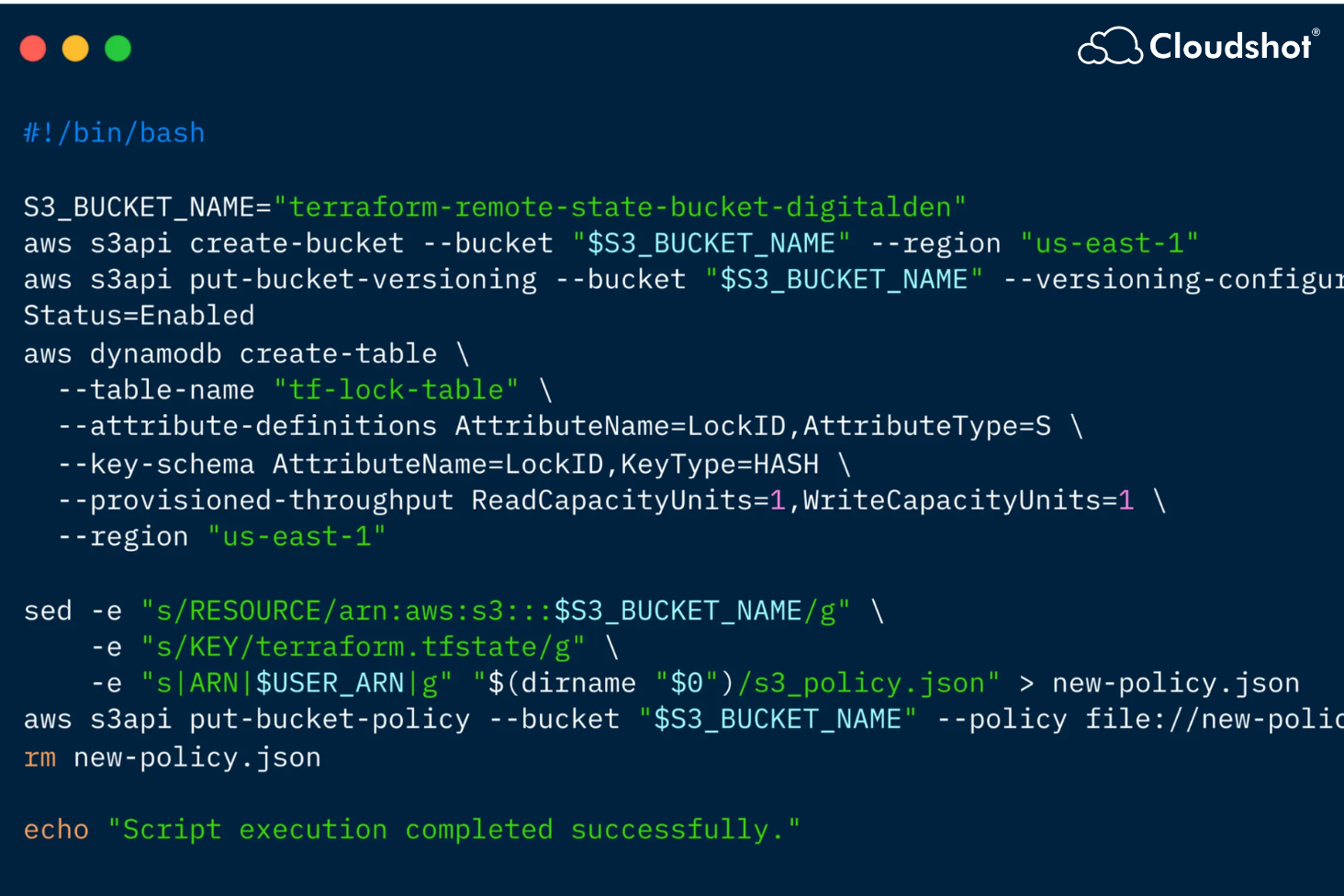Terraform promised infrastructure as code.
Consistency. Speed. Control. But in today's multi-cloud environments, even well-written Terraform scripts can cause massive unintended damage—and you won't see it coming until it's too late.
One misplaced variable, one misunderstood dependency, and suddenly, you're dealing with cascading failures across AWS and Azure.
We heard this story firsthand at a recent Cloudshot demo:
"One broken script took down 11 services. It looked harmless—until it wasn't."
— DevOps Lead, Global SaaS Firm
The Hidden Danger of Terraform in Multi-Cloud
Terraform is incredibly powerful—but in complex environments, that power can backfire. Why? Because while you're defining your infrastructure in code, you often lack a real-time, visual understanding of what's already there.
Here's what that leads to:
1. Drift Happens Silently
You may define resources precisely, but things evolve:
Devs apply manual fixes in cloud consoles
Tags are removed or changed
New services get added outside Terraform
Over time, your deployed infrastructure no longer matches your Terraform code. This configuration drift introduces inconsistencies that are hard to detect—and harder to debug.
2. No Visual Feedback Before You Push
You can write and validate your Terraform plan. But can you see how your change will affect the rest of your system?
Most teams can't. And that means they're making blind decisions—especially when managing dependencies between services across clouds.
3. Cross-Cloud Impact Is Almost Invisible
A change in AWS might affect something critical in Azure. But Terraform alone won't show that. You'll only learn about it when users start complaining—or when an incident escalates.
Cloudshot: Infrastructure Clarity Before the Crash
Cloudshot was built to help teams manage the real-world complexity Terraform doesn't visualize.
It doesn't replace Terraform—it complements it with real-time, human-readable context.
🔍 Live Terraform-Aware Topology Maps
Cloudshot visualizes your entire infrastructure as a living map—complete with real-time data about services, relationships, and resource health.
Before you push a change, you can literally see:
What's connected to what
What services will be impacted
Which teams own which parts
No more guessing. Just clarity.
🛠 Drift Detection in Real Time
Cloudshot continuously scans your live infrastructure for mismatches between declared config (e.g., Terraform) and actual deployments.
When something deviates:
You get notified
The drift is highlighted visually
You can investigate before damage is done
No more waiting for post-incident retros.
🤝 Cross-Team Awareness Without Friction
Cloudshot creates a shared truth across Dev, Infra, and Security.
Developers see the topology they're about to touch
Infra knows if a change impacts cost, tags, or zones
Security sees IAM implications before audits blow up
It's not just helpful—it's essential for modern cloud collaboration.
The Business Cost of One "Harmless" Script
That global SaaS company? Their "harmless" Terraform script:
- Broke 11 services
- Caused 3 hours of downtime
- Triggered 18 cross-team escalations
- Resulted in 2 high-priority customer complaints
Not because Terraform failed. But because no one could see the impact before they shipped the change.
The Future of IaC Requires Real-Time Intelligence
As cloud environments become more dynamic and multi-cloud becomes the norm, you can't afford to treat infrastructure like static config.
You need to see before you act. Validate before you push. Understand before you escalate.
That's what Cloudshot gives you. And that's why top DevOps leaders are using it as their Terraform safety layer.
Stop Guessing. Start Visualizing.
👉 Book a Free Demo with Cloudshot
Let us show you how to prevent invisible infrastructure disasters—before they hit production.
